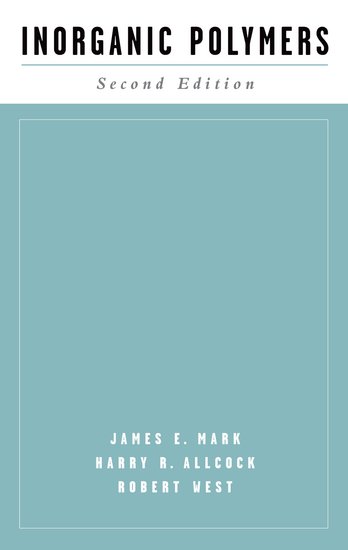(Ebook) Inorganic polymers by James E. Mark, Harry R. Allcock, Robert West ISBN 9780195131192, 9780195351316, 0195131193, 0195351312
Polymer chemistry and technology form one of the major areas of molecular and materials science. This field impinges on nearly every aspect of modern life, from electronics technology, to medicine, to the wide range of fibers, films, elastomers, and structural materials on which everyone depends. Although most of these polymers are organic materials, attention is being focused increasingly toward polymers that contain inorganic elements as well as organic components. The goal of Inorganic Polymers is to provide a broad overview of inorganic polymers in a way that will be useful to both the uninitiated and those already working in this field. There are numerous reasons for being interested in inorganic polymers. One is the simple need to know how structure affects the properties of a polymer, particularly outside the well-plowed area of organic materials. Another is the bridge that inorganic polymers provide between polymer science and ceramics. More and more chemistry is being used in the preparation of ceramics of carefully controlled structure, and inorganic polymers are increasingly important precursor materials in such approaches.This new edition begins with a brief introductory chapter. That is followed with a discussion of the characteristics and characterization of polymers, with examples taken from the field. Other chapters in the book detail the synthesis, reaction chemistry, molecular structure, and uses of polyphosphazenes, polysiloxanes, and polysilanes. The coverage in the second edition has been updated and expanded significantly to cover advances and interesting trends since the first edition appeared. Three new chapters have been added, focusing on ferrocene-based polymers, other phosphorous-containing polymers, and boron-containing polymers; inorganic-organic hybrid composites; and preceramic inorganic polymers.
*Free conversion of into popular formats such as PDF, DOCX, DOC, AZW, EPUB, and MOBI after payment.


